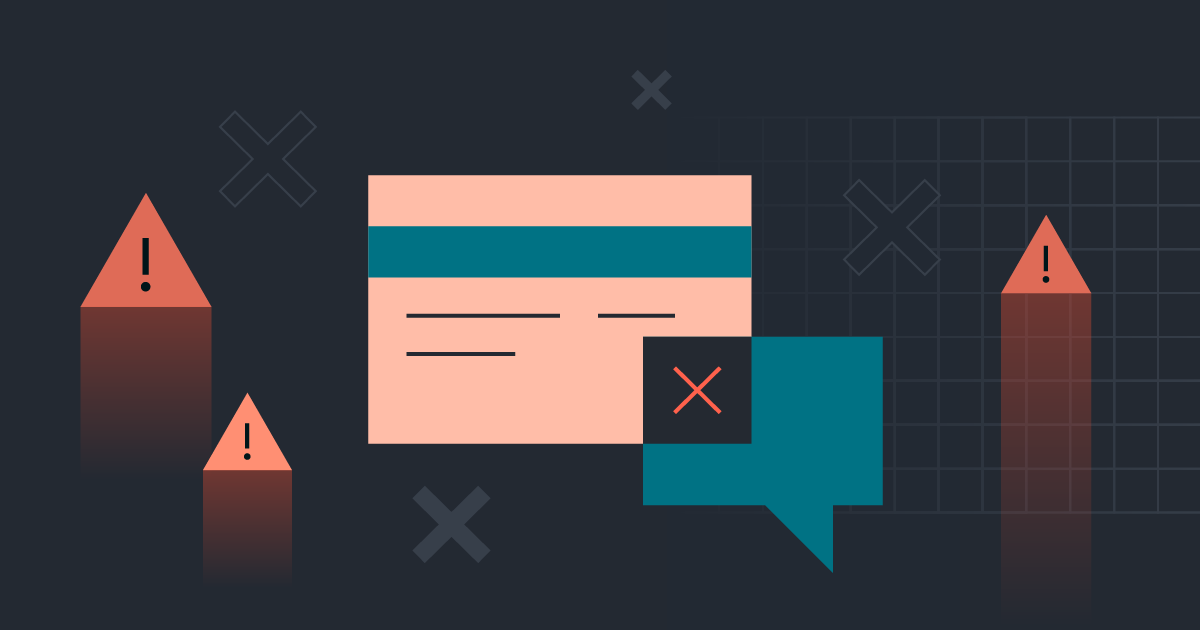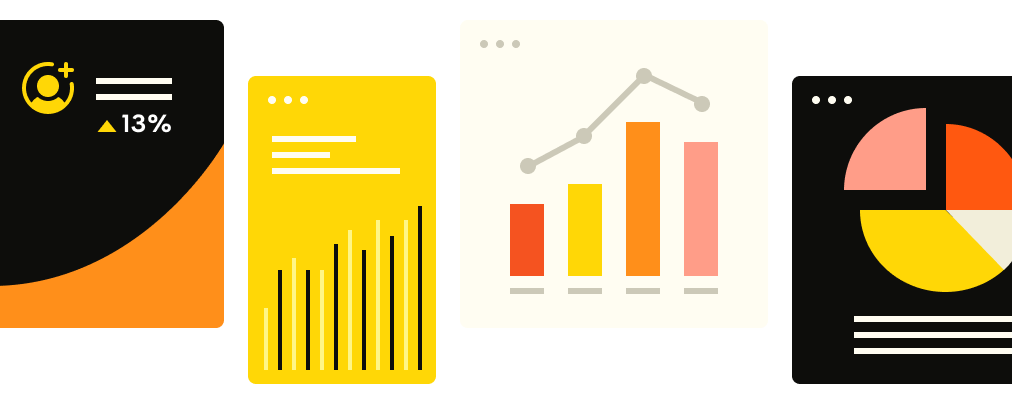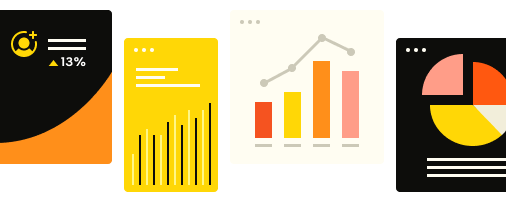Common credit card declines & how to prevent them

For most ecommerce businesses, failed one-time transactions are easy to solve when the shoppers simply use another payment method to complete the transaction. However, it is a different story for subscription businesses where the card details are captured during sign-up and used for recurring monthly payments.
In this article, we’ll review the types of declines, share the most common reasons a card can fail, and discuss three decline prevention tactics for your subscription business.
Types of credit card declines
Soft credit card declines
Soft declines, which typically happen with debit card payments, occur when the card issuer approves the payment but the transaction fails at another step in the process.
Declined: The customer's bank has declined their card. The customer will need to contact their bank to learn the cause.
Insufficient funds: The card has insufficient funds to cover the cost of the transaction.
Temporary hold: The issuing bank has a temporary hold on the card. This is known as a 'Do Not Honor' response.
Restricted card: The card number has restrictions that prevent it from being used with your merchant account. It is likely a corporate card. The customer needs to use a different card.
Hard credit card declines
Hard declines occur when the card issuer rejects the payment. These are permanent authorization failures that can’t be retried.
Invalid card/account number: The credit card/account number is not valid. The customer needs to try a different number.
Invalid transaction: The card type cannot perform the transaction type. The card is likely restricted. The customer needs to contact their bank for details.
Expired card: The payment gateway declined the transaction because the expiration date is expired or does not match. This error is tricky: it could mean the card is expired or the expiration date does not match the date on file.
Card not activated: The card is brand new and has not been activated yet.
Fraud credit card declines
Credit card fraud declines, also known as false declines, occur when transactions get blocked due to suspicious activity. These are some common fraud alerts.
Fraud stolen card: The card has been designated as lost or stolen. Customers must contact the issuing bank.
Fraud address: The payment gateway declined the transaction because the billing address did not match.
Another important term we should review are card issuer rejections. Essentially, card issuer rejection means the card issuer (the bank or financial institution that issued the credit card) declines a transaction.
This scenario could occur for several reasons, ranging from insufficient funds to suspected fraudulent activity. Depending on the issuer's specific reasons, the customer might need to contact their bank or update their card information. In some cases, this rejection might indicate that the cardholder's identity needs verification to prevent possible fraud.
The most common credit card decline codes
Credit card issuers may decline payment for a wide variety of reasons, from credit limits to technological issues to fraudulent activity. These declines can be identified with codes. A decline code summarizes the reason a card transaction failed so the business owner can troubleshoot.
While there are over 2,000 reasons a card could fail, these are the most common:
Code CV: A credit card verification error means there could be an issue with the microchip or magnetic strip.
Code 51: There are insufficient funds in the account
Code 65: Your customer has exceeded their credit limit
Code 54: The credit card has expired
Code 57: The transaction is not permitted; for example, if customers have blocked online transactions or international payments
Codes 14 & 15: The card number is wrong–if the first digit is incorrect, customers see error code 15 for “no such issuers” and an error code 14 if any other number is incorrect
Code 63: Customers have entered the wrong security code
Now that we’ve discussed the types of declines and identified the most common reasons cards fail, let’s talk about prevention strategies.
Three effective tactics to reduce credit card declines
How can you reduce and prevent credit card declines for recurring payments? There are several ways to prevent and recover credit card declines:
1. Leverage dunning campaigns and account updaters
Dunning is the process of sending email alerts to subscribers when their payment fails, encouraging them to update their payment information and allowing the transaction to go through.
This is about keeping the relationship at the forefront when you ask subscribers to update their information or use an alternative payment method. You must create a memorable customer service moment that keeps them onboard for a lifetime.
Effective dunning requires planning, testing, and optimization. Learn the five dunning dos and don’ts to minimize subscriber churn.
Additionally, consider leveraging an automated account updater–just like Recurly’s. This payment collection tool automatically updates your customers’ credit cards with current account numbers and expiry dates.
2. Implement AI-powered payment retries
Whenever a payment fails, the transaction can and should be retried–it’s the most effective way to recover soft declines.
Now, you may wonder: what are the risks of re-running declined credit card transactions? Certain card networks have rules for how many times you can reattempt a single charge. Initiating additional retries may be construed by issuers as potential fraud, potentially increasing the risk of legitimate charges being declined.
Recurly’s Intelligent Retries functionality uses machine learning to schedule retry attempts when they’re most likely to succeed. Every declined transaction is different, which makes a one-size-fits-all retry schedule less successful.
Our dynamic model analyzes each invoice that received a declined transaction and uses historical data from similar invoices and declines to determine the best date and time to retry it.
3. Work with a robust fraud management platform
Global ecommerce fraud losses reached $41 million in 2022. Partnering with an effective risk management tool is key to avoiding credit card fraud in payments.
Fraud filters look for potentially fraudulent transactions. These systems identify common fraud indicators, then warn you or decline possible suspicious transactions. Our fraud prevention and digital identity trust solutions help you prevent chargebacks and leverage advanced AI to identify risky behavior in real-time.
Learn how Recurly helps you cut credit card declines in half
From soft declines to hard declines and even fraud declines, understanding the world of credit card declines can be a challenging endeavor.
If you're eager to tackle those declines head-on and supercharge your subscription business, this on-demand webinar is just what you need. Unpack complex decline management strategies and get practical, actionable takeaways to fortify your sales.
Hear from Brian Zarlenga, General Manager at Output, and discover how they leveraged Recurly to slash declines in half, increase signups, and gain visibility into their payments process, plus a live product demo showing you how to save money on your high-volume transactions.
Don't let another declined transaction be the one that got away–take control, and watch your revenue soar.
Get more insights to minimize churn and maximize subscription revenue
Churn is one of the most sensitive indicators for subscription businesses as slight differences in churn rates can have significant impact on revenue growth and the overall health of a business.
This comprehensive guide shares key drivers to cut involuntary churn rate to 1% and boost subscription revenue by 11% MoM.


